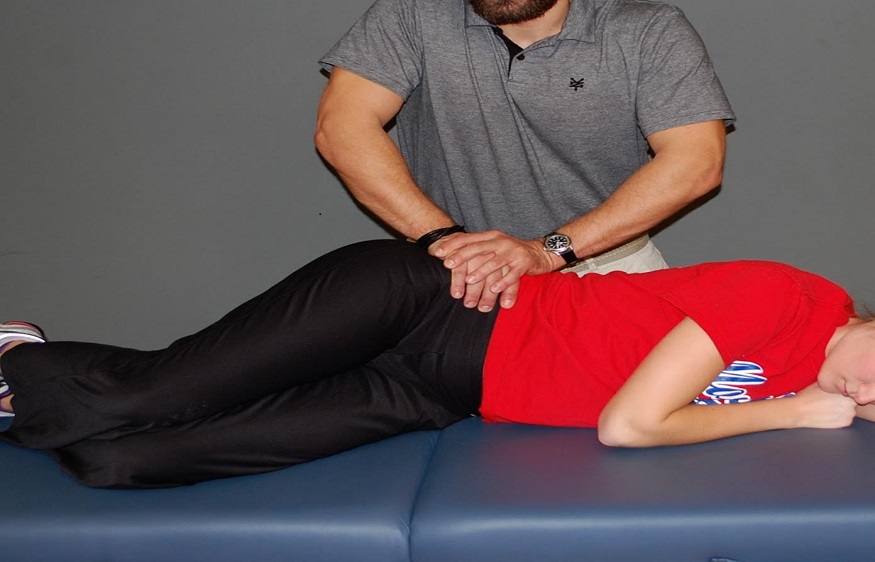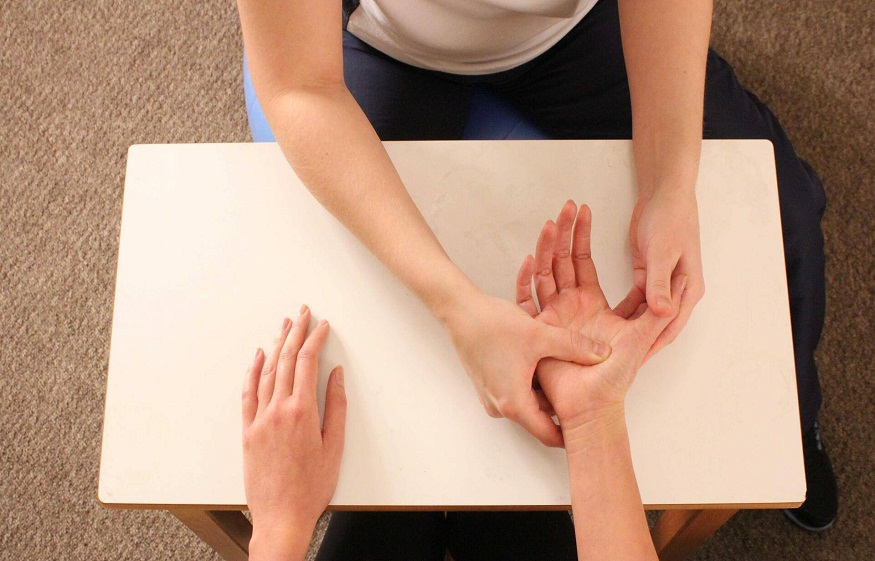Anatomy the sacroiliac joint pain.
Located at the heart of the pelvic girdle, the sacroiliac joints connect the bones of the pelvis to the spine on each side. Key joints pain between the lower and upper body, they can be the seat of pain.
The sacroiliac joints, pain or SI joints,
refer to the two joints connecting the ilium bones of the pelvis to the sacrum of the spine. Located deep, at the bottom of the spine to the right and left of the sacrum, they are in a way the bridge connecting the spine to the bones of the legs.
It is a synovial type joint: it has a joint pain capsule containing liquid. Its structure changes with age: the joint capsule is well developed in children, then thickens and becomes fibrotic over the years. Conversely, the cartilage covering the articular surfaces becomes thinner and almost disappears after 70 years.
Each joint is surrounded and reinforced by a complex network of intrinsic ligaments at the front, the ventral ligaments, and at the back, the dorsal ligaments (superficial ligament, ligaments, ligament, or ligament) , and extrinsic. Finally, each SI joint is connected to powerful muscle groups including the hamstrings (posterior aspect of the thigh), the psoas (anterior aspect of the hip), the iliotibial band (lateral aspect of the thigh), the (buttock) and (anterior aspect of the thigh).
Physiology of the sacroiliac joint.
A true central pivot, the sacroiliac joints distribute the weight of the body between the top and the bottom and play a supporting role for the spine.
The SI joints can perform complex and counter- movements, in particular depending on the displacement of the coccyx, when bending forward or carrying a load, for example, but these movements remain of low amplitude. The two SI joints are interdependent on each other: movement on one side leads to movement on the other. Their movement also depends on that of another key joint in the pelvis: the pubic symphysis.
Pathologies of the sacroiliac joint.degeneration.A highly stressed joint on a daily basis, the SI joint is a very common site of osteoarthritis.Sacroiliac joint syndrome, or sacroiliac syndrome, refers to a painful mechanical phenomenon. It is manifested by pain often on one side in the lower back, in the buttocks, in the groin and even in the thigh, difficulty in sitting. It is therefore often confused with a lumbar problem or sciatica.
Different factors can cause this syndrome:
The SI joints are often the first affected in a chronic inflammatory rheumatic disease. This is manifested by so-called “rocking” buttock pain, as it sometimes affects the right buttock, sometimes the left.The SI joint is also a very frequent location of other inflammatory even rare infectious diseases grouped under the term with psoriasis certain inflammatory diseases of the digestive tract. Treatments.Sacroiliac syndrome can be treated with physiotherapy and chiropractic.The treatment of aims to stop the pain, the progression of the disease and prevent the appearance of This care is multidisciplinary, with:analgesic and anti-inflammatory treatments to relieve symptoms:
disease-modifying treatments;
It includes palpation and certain maneuvers and tests to assess the function of the joint: tripod maneuver, retraction maneuver bringing together the wings, maneuver, etc. The absence of neurological symptoms (numbness, loss of strength, modification of reflexes) makes it possible to differentiate the sacroiliac syndrome The practitioner must also check the absence of systemic symptoms (fever, cough, fatigue, etc.) that may accompany a rheumatic attack.



